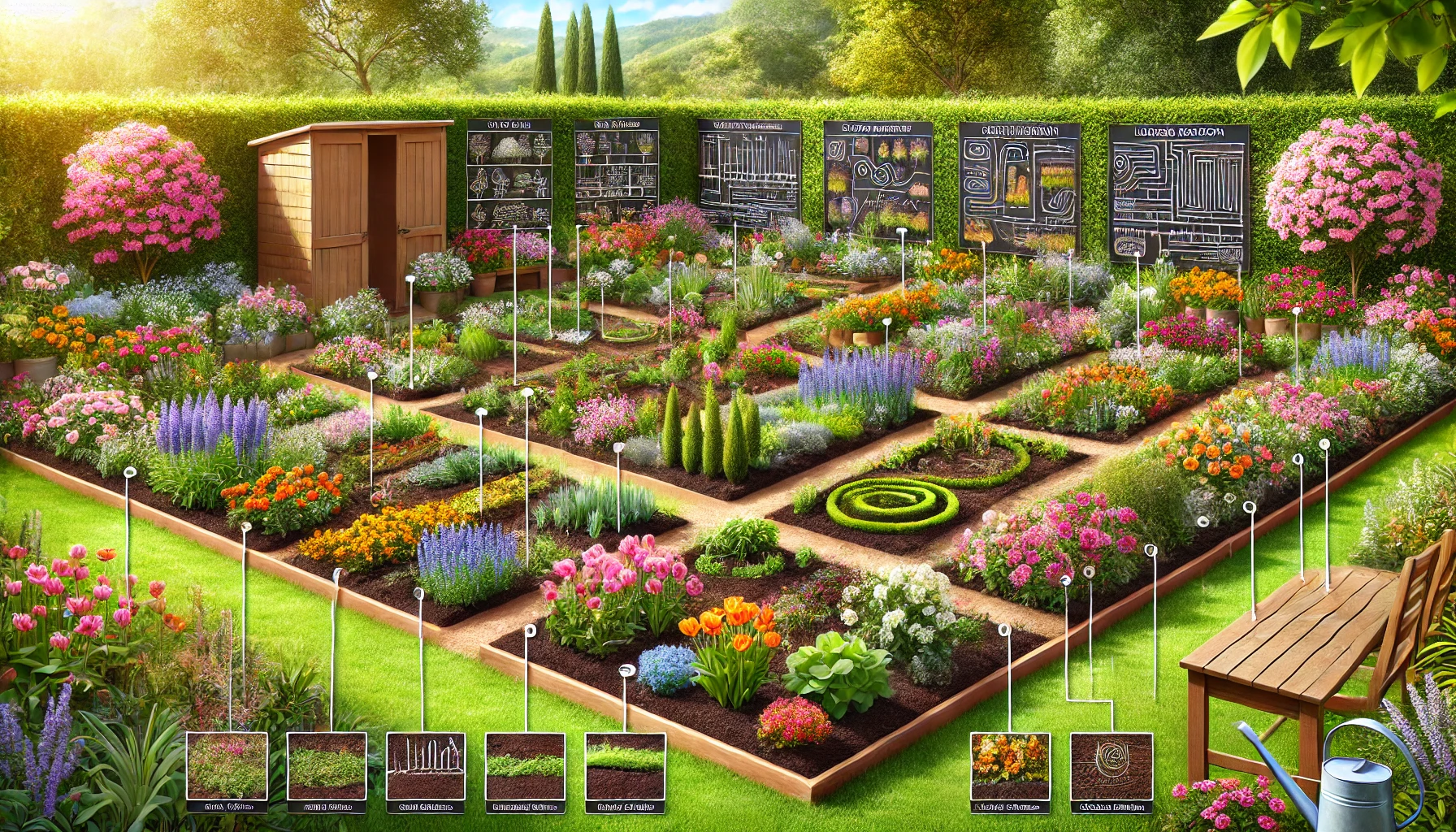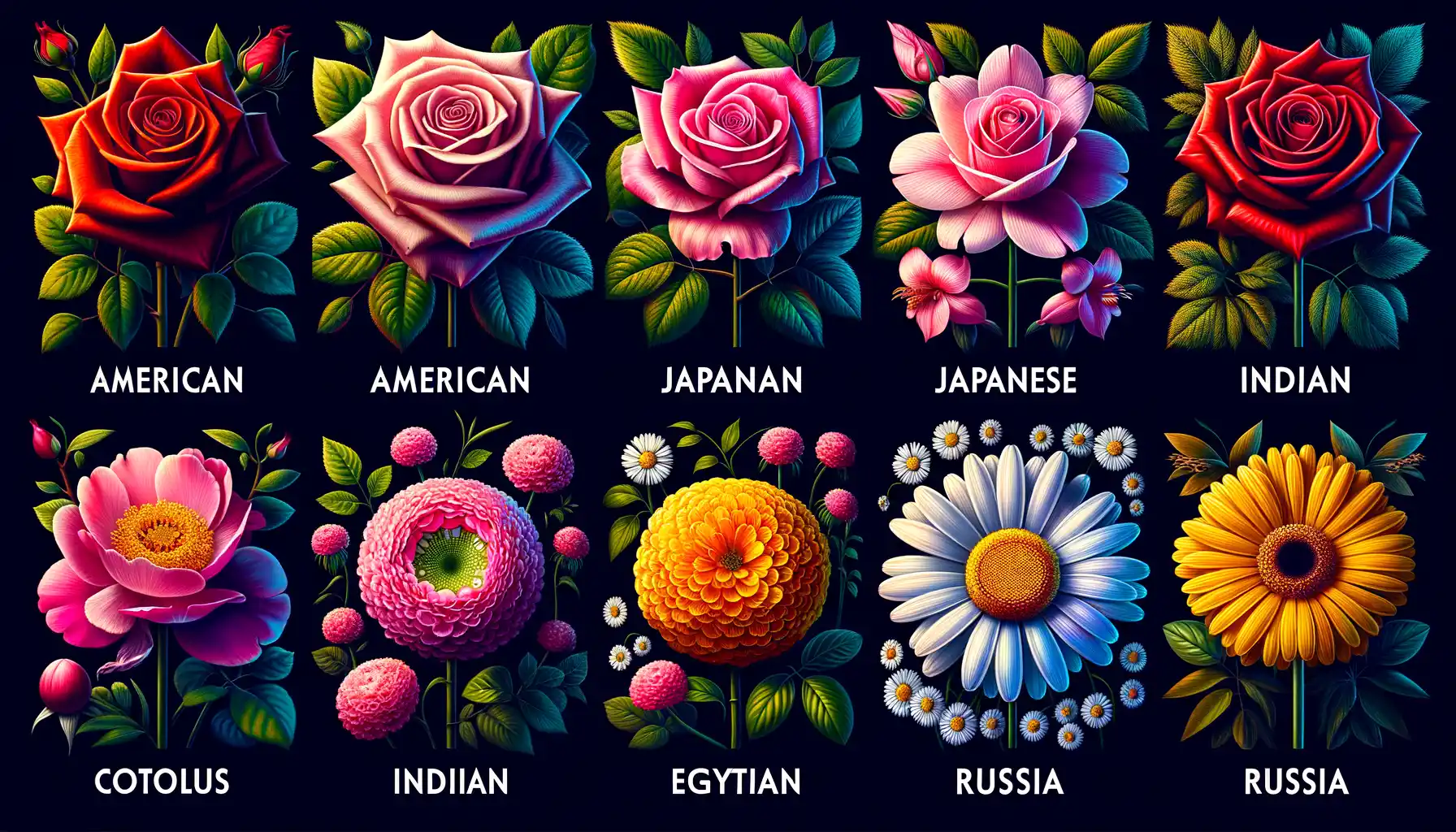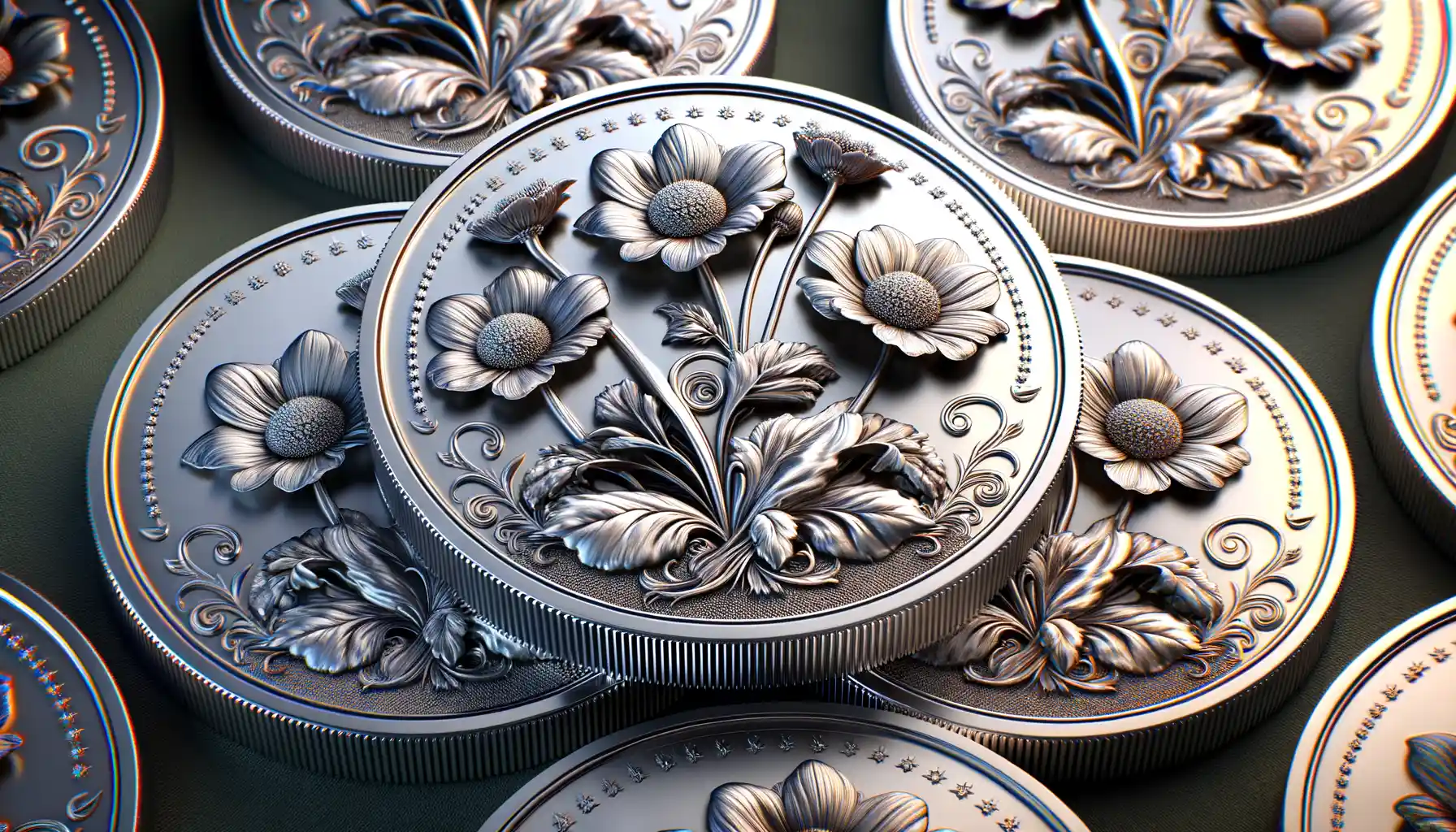Connection Between Nature and Artistic Expression
How Nature Sparks Creativity in Art
Step into the embrace of nature, and you’ll find yourself standing amid the world’s greatest gallery. From the intricate veins of a leaf to the rhythmic waves carving patterns in sand, nature’s designs are nothing short of masterpieces. It’s no wonder artists and craftspeople, from coin engravers to floral designers, draw endless inspiration from these organic wonders.
Think about it: a simple daisy can become the center of a breathtaking bouquet, brimming with symbolism for purity or innocence. Similarly, the majestic oak has found its way into countless coin designs, embodying strength and endurance. Artists look at nature not just as a muse but as a co-creator—a silent partner that whispers ideas through every curve of a petal or glint of sunlight.
- The spiral of a nautilus shell inspires architectural wonder.
- Delicate cherry blossoms evoke fleeting beauty on painted canvases.
- Feathers, pebbles, and trees find their echoes in sculpted works and minted coins.
There’s an unmistakable energy in nature that fuels creative expression. It’s raw, imperfect, and incredibly alive—just like the best kinds of art. You feel it, don’t you? That pull to capture even a fragment of its brilliance in your own creations?
Historical Significance of Nature-Inspired Coinage
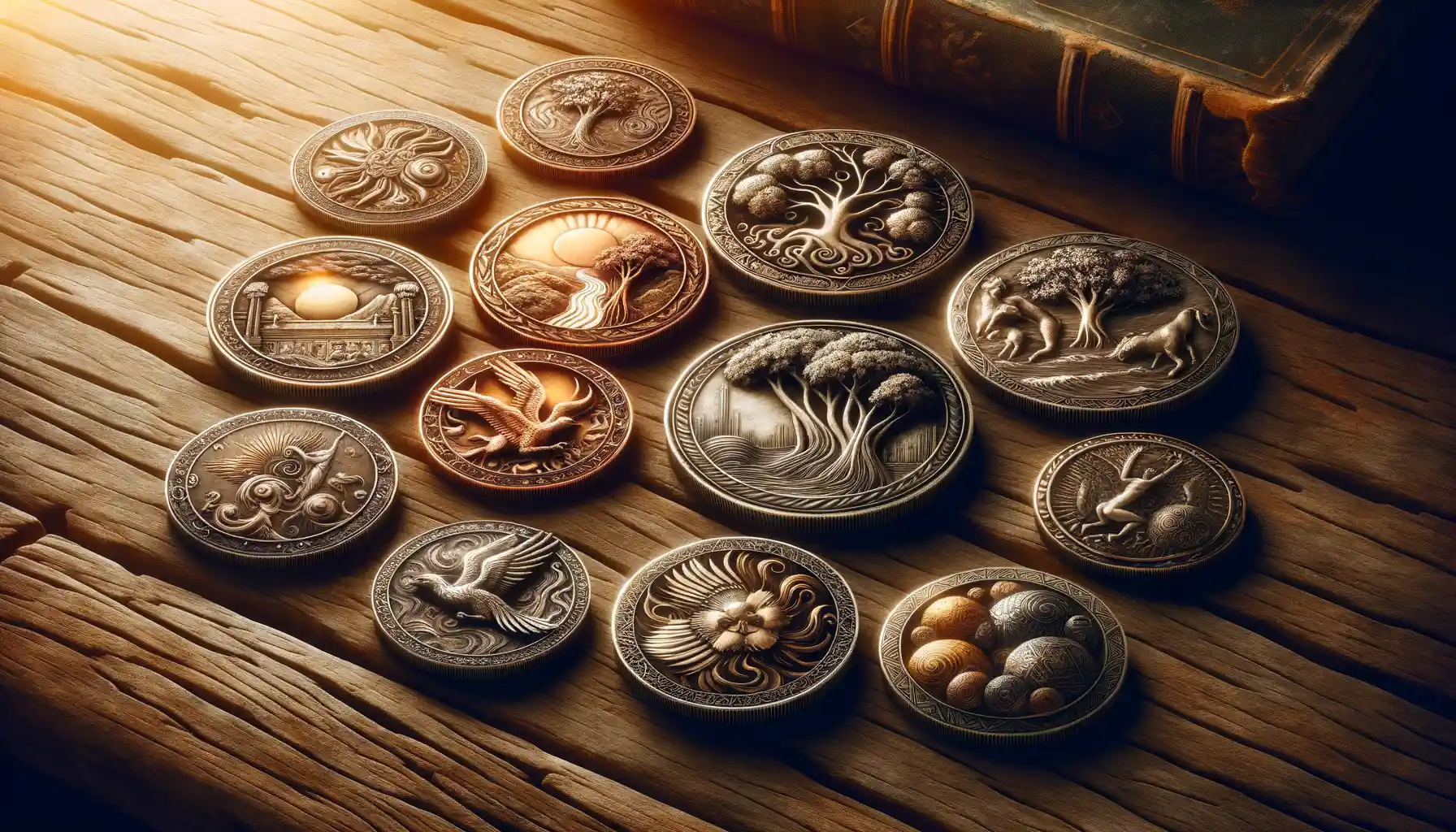
The Roots of Nature in Ancient Coinage
Take a moment to imagine the clink of an ancient coin in your hand. Can you picture it? Its surface etched with symbols, some worn smooth by centuries of hands. Now, let those symbols come into focus—an eagle mid-flight, an olive branch swaying, or a laurel wreath symbolizing victory. These aren’t just decorations; they’re echoes of a time when humanity looked to nature for meaning, guidance, and raw inspiration.
The Greeks, known for their knack for storytelling, adorned their coins with images of gods entwined with plants and animals—think Athena with her owl or Demeter with a sheaf of wheat. Why? Because nature wasn’t merely an aesthetic choice; it was a language, speaking of prosperity, power, and peace. Similarly, in ancient Rome, coins often depicted wolves and eagles to embody strength and dominion.
- The oak tree: a steadfast emblem of stability, as seen on England’s shillings.
- The lotus flower: a whisper of divinity in Indian coinage.
- The honeybee: a token of diligence and unity in ancient Ephesus.
Every coin told a story, offering timeless wisdom wrapped in gleaming metal. What stories would yours tell if you carried such treasures today?
How Nature Coined Heritage
Nature-inspired designs weren’t just for show—they served as community anchors. Picture a farmer holding a coin stamped with a sheaf of wheat, instantly reminded of a bountiful harvest. Or a soldier clutching currency laced with a lion’s image, feeling courage swell like the rising sun. These weren’t mere coins; they were mirrors of identity.
Even more moving, some coins doubled as cultural memory. Take the Celtic tribes: their coins often depicted horses in motion, a nod to their deep connection to freedom and mobility. Meanwhile, in Japan, chrysanthemums bloomed on coins as enduring symbols of purity and longevity. Each design whispered something intimate about the lives and hopes of its creators. Isn’t it fascinating how something so small—a coin—could hold so much meaning, rooted firmly in the natural world?
Nature’s Role in Floristry Design and Meaning

The Whispering Dialogue Between Nature and Floristry
Imagine stepping into a room adorned with a bouquet of flowers so vibrant, it feels like nature itself is breathing gently in the corner. That’s the kind of magic that floristry borrows from the natural world. But there’s more to it than the striking beauty—we’re talking about a secret language crafted by petals, leaves, and stems. Did you know that a sprig of lavender whispers calm, while orange blossoms sing of joy and new beginnings?
Florists draw inspiration not just from the colors and forms in nature, but also its deeper meanings. Here are a few ways nature infuses emotion into floral designs:
- Symbolism: From roses symbolizing love to daisies embodying innocence, every bloom has its own story.
- Patterns and Textures: The rough bark of trees inspires rustic arrangements; smooth river stones lead to minimalist, Zen-like designs.
- Seasons: A spring bouquet thrives on energy, while autumn arrangements echo warmth and nostalgia.
Crafting Emotion with Nature’s Palette
Beyond pretty aesthetics, floristry leans on nature to stir hearts. A cascade of wildflowers might remind you of carefree childhood summers. A single, stark white lily can evoke solemnity at a ceremony. This dance between color, texture, and sentiment creates unforgettable moments—much like nature itself does when we pause long enough to listen. Truly, flowers in design are more than decoration; they’re stories told through shades of green, splashes of red, and the soft blush of pinks.
Modern Trends and Sustainability in Coinage and Floristry
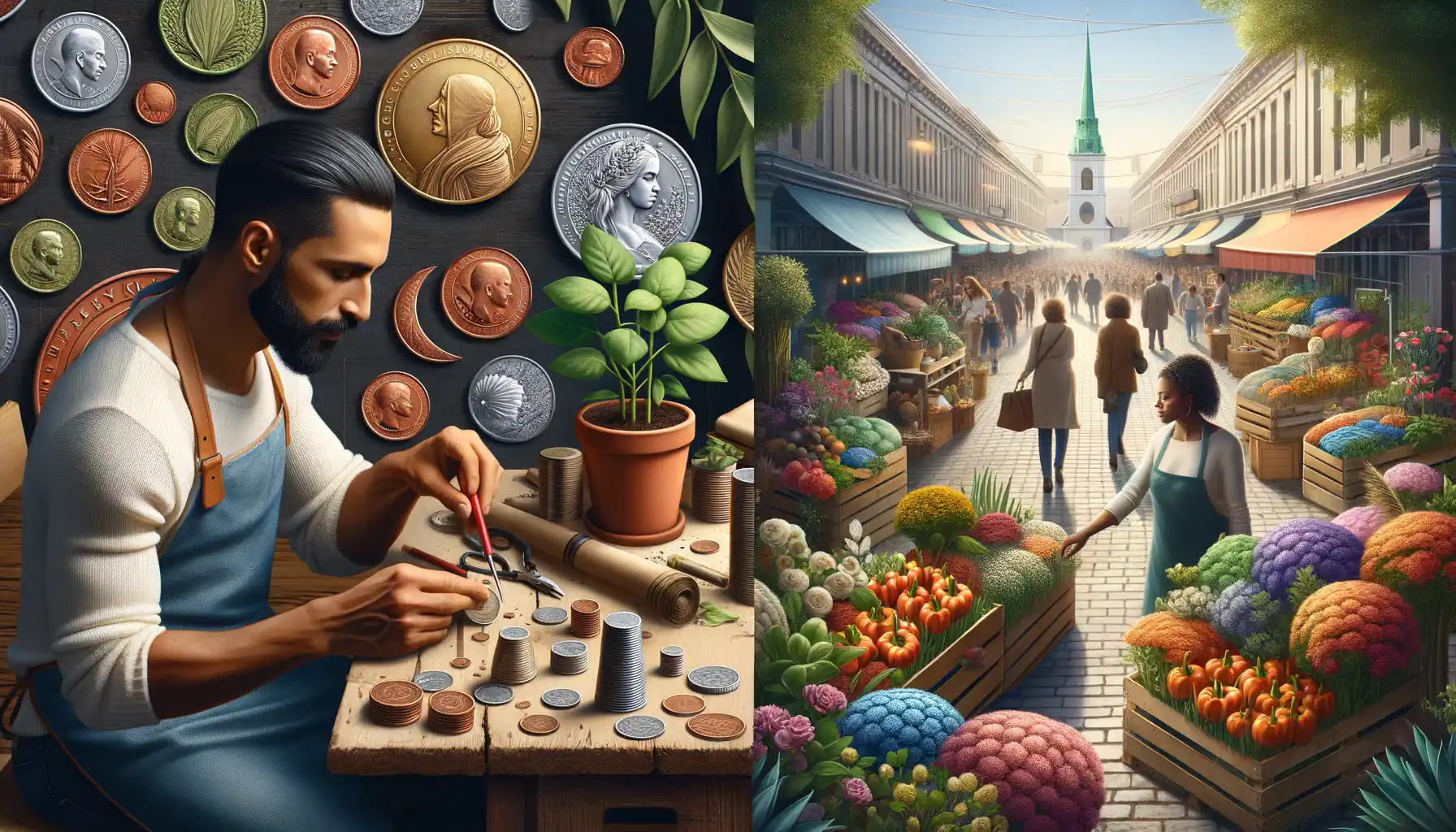
Fresh Perspectives in Crafting Coins and Arranging Blooms
Picture this: a coin that not only jingles in your pocket but whispers stories of sustainability. Modern coin designers are turning away from the purely traditional, incorporating eco-friendly materials and innovative techniques into their work. Take, for example, the rise of coins crafted with recycled metals or biodegradable finishes—an astounding marriage of artistry and environmental care.
Floristry, meanwhile, dances to the same tune. Reed diffusers made from repurposed flower stems, bouquets wrapped in fabric instead of plastic—the industry is blossoming with sustainable choices. Today’s trend isn’t just about creating beauty; it’s about ensuring Mother Nature thrives while we enjoy her gifts.
- Coins featuring dynamic nature motifs, like shifting holograms of blooming flowers or falling leaves.
- Florists embracing seasonal, locally-grown blooms to reduce carbon footprints.
Blurring the Lines Between Art and Responsibility
In both fields, sustainability isn’t a buzzword—it’s an ethos. Imagine plucking coins from an heirloom box that feels like touching history without harming the Earth. Or holding a bouquet that smells as pure and fresh as the source it came from. These modern trends remind us: art doesn’t have to come at the cost of nature; it can celebrate and protect it.
Lessons from Nature for Future Innovations
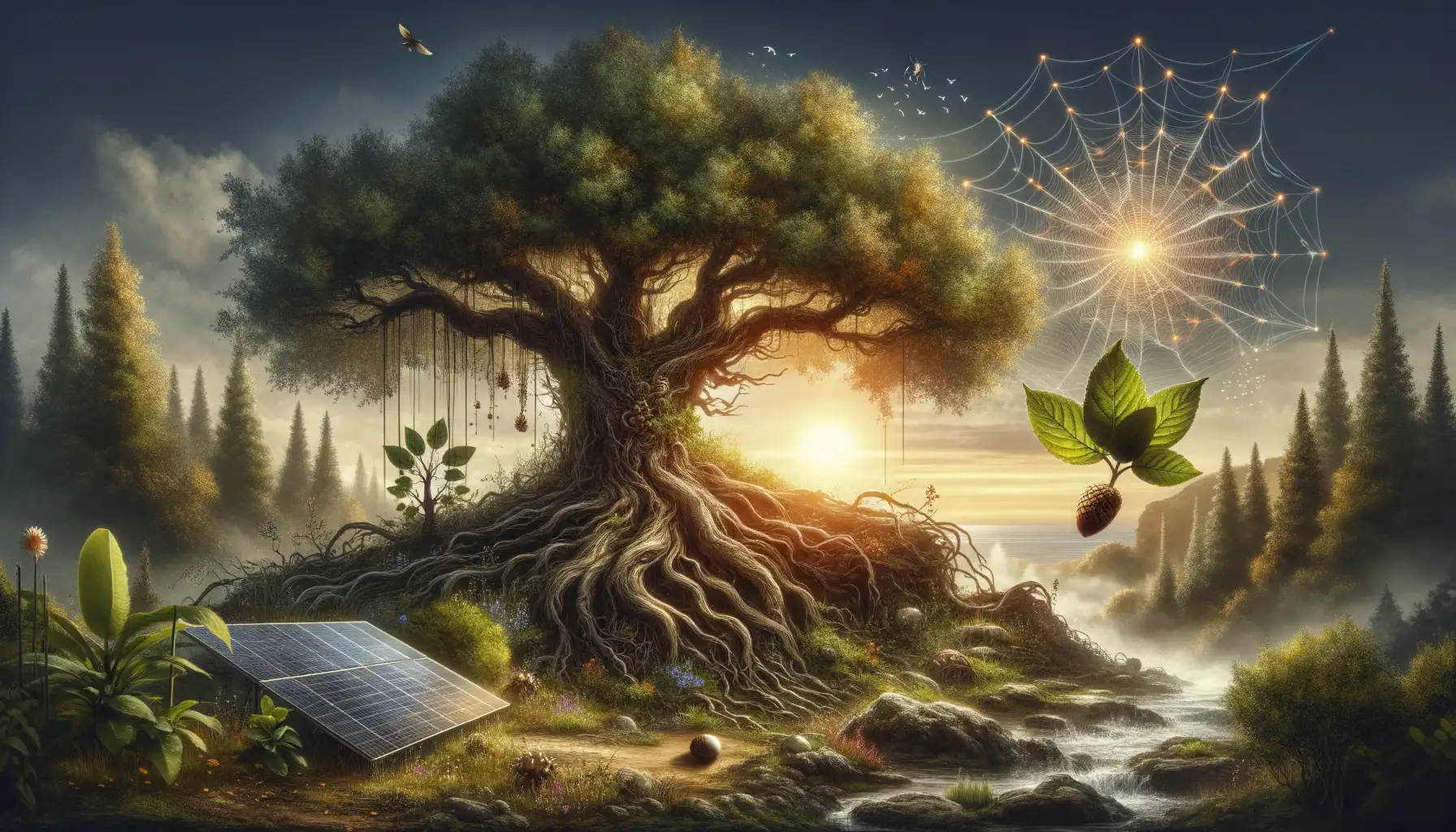
Nature as the Blueprint for Innovation
Have you ever really *observed* a honeycomb? Not just admired its symmetry, but thought about why those hexagonal cells exist in the first place? Nature doesn’t waste resources—it refines, adapts, and surprises. That same concept has sparked countless human innovations. The aerodynamics of an airplane wing? Inspired by bird flight. Velcro? A love note to burrs clinging to fabric.
Now imagine what the future holds if we embrace nature not just as an inspiration, but as a collaborator. Think of coins that mimic the brilliantly iridescent layers of butterfly wings, using nanostructures instead of dyes. Or floristry moving beyond aesthetics to create biodegradable bouquets that leave behind seeds, not waste.
Nature teaches us not just to innovate, but to innovate with purpose and harmony.
- The self-cleaning properties of lotus leaves have inspired water-repellent designs.
- Spider silk’s unmatched strength is pushing boundaries in manufacturing textiles and medical sutures.
Isn’t it incredible? Every petal, feather, or shell reminds us: Nature holds a library of ideas, just waiting for us to read them. What will we uncover next? Maybe it’s growing right under our feet.

